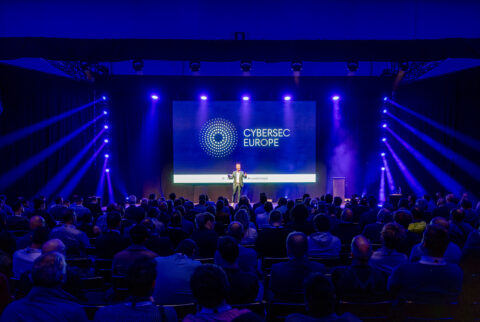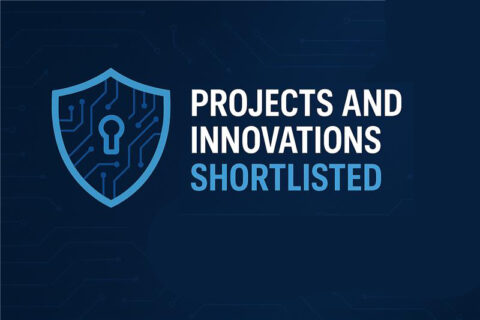Autonomous Endpoint Management: Closing the Gaps Before Attackers Can Strike
In today’s rapidly evolving threat landscape, securing digital infrastructure is becoming more complex by the day. Organizations are under pressure to respond to vulnerabilities faster, defend a growing number of distributed endpoints, and stay resilient against increasingly sophisticated attacks. It’s a tough balancing act—and amid these challenges, a powerful new model is gaining momentum: Autonomous Endpoint Management.
A Widening Attack Surface
One of the most urgent cybersecurity challenges we face today is the ballooning attack surface created by endpoints—laptops, desktops, and other devices employees use, often outside the safe confines of traditional networks. With the widespread shift to remote and hybrid work, endpoints have broken free from perimeter security, and they’ve become low-hanging fruit for cybercriminals.
The 2023 MOVEit Transfer vulnerability is a case in point. This zero-day exploit, which continued to be exploited in 2024, affected organizations across various industries. Attackers managed to breach these systems, gaining unauthorized access to sensitive data on a large scale.
The incident highlighted how quickly threat actors can exploit unpatched systems and demonstrated what the cost of delayed patching can be. Even though patches were made available, a significant number of enterprises delayed their deployment due to resource constraints or complex IT environments, leaving their systems vulnerable.
It’s a frustrating reality: without fast, intelligent, and efficient patch management, the door stays wide open. Traditional endpoint management simply hasn’t kept up. It’s still too reliant on manual effort, plagued by blind spots and slow response times.
Shifting Toward Automation and Resilience
The cybersecurity industry is gradually embracing new models that prioritize automation, intelligence, and adaptability. One of the most promising trends is Autonomous Endpoint Management (AEM).
This next-generation approach leverages advanced technologies like artificial intelligence (AI) and machine learning (ML) to automate everyday operational tasks and provide comprehensive, autonomous management of endpoints. Unlike traditional methods that require constant human oversight, autonomous systems can monitor, patch, and enforce policies across all endpoints based on predefined automation logic. This shift dramatically reduces the time between identifying a vulnerability and deploying a fix, minimizing the attack window and reducing operational stress on IT teams.
But AEM isn’t just about speed—it’s about resilience. By continuously maintaining the desired state of endpoints, these systems can detect deviations and automatically remediate issues, helping organizations maintain compliance and reduce risk without manual intervention.
Addressing the Full Threat Lifecycle
Effective cybersecurity goes beyond just prevention. Organizations must also be equipped to detect and respond quickly when something goes wrong. Autonomous Endpoint Management supports this full lifecycle by providing continuous visibility into endpoint status, enforcing configurations, and enabling real-time response to vulnerabilities or policy violations.
This capability is becoming absolutely essential. After all, cybercriminals are automating their attacks—scanning for weaknesses and launching exploits at scale. In a world like that, speed isn’t just a nice-to-have. It’s survival.
Looking Ahead
As threats grow more advanced and environments become more distributed, organizations must evolve. Autonomous Endpoint Management offers a promising path forward—it blends always-on visibility with the speed, scale, and intelligence needed to protect today’s infrastructure.
This is more than a technological shift; it’s a change in how we think about security. By moving toward systems that can act independently and intelligently, we’re not just closing security gaps—we’re building a stronger foundation for long-term resilience.












